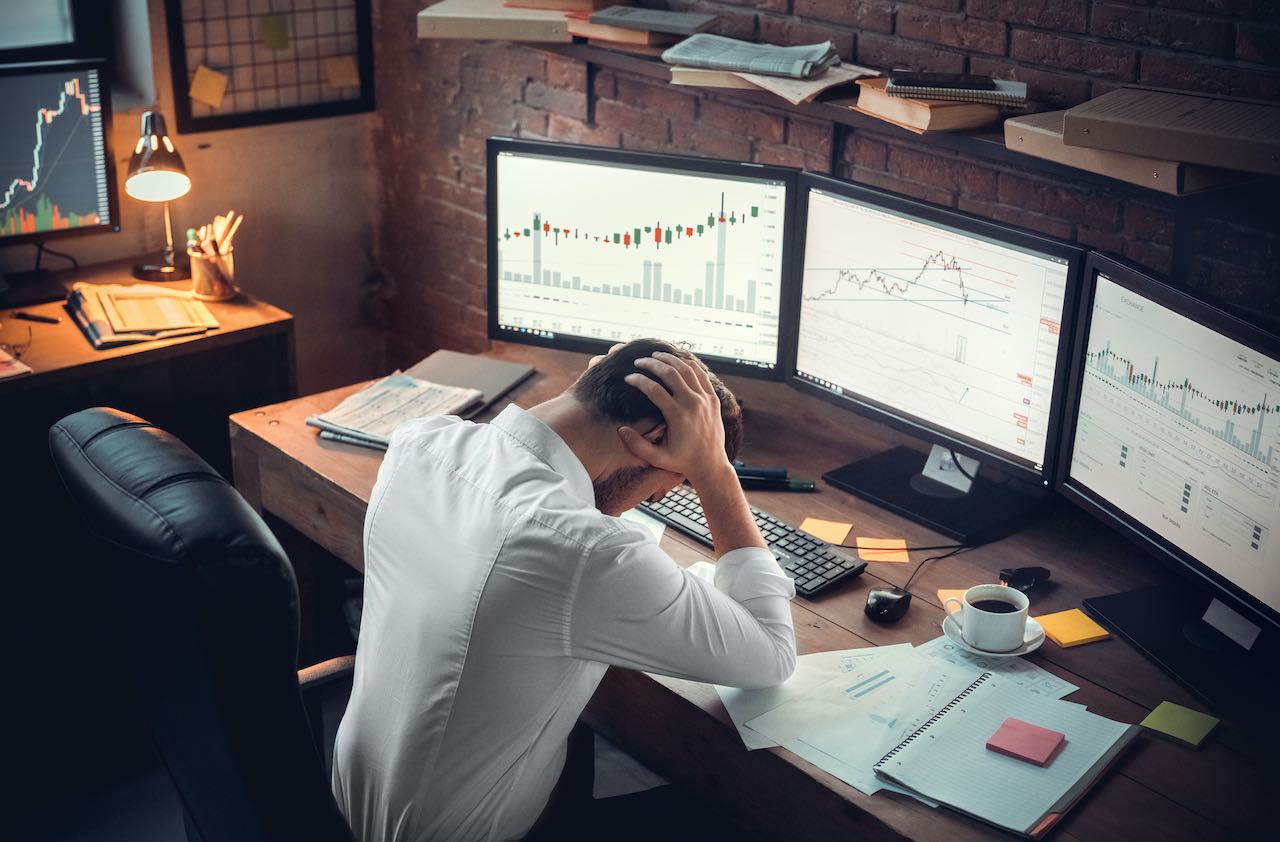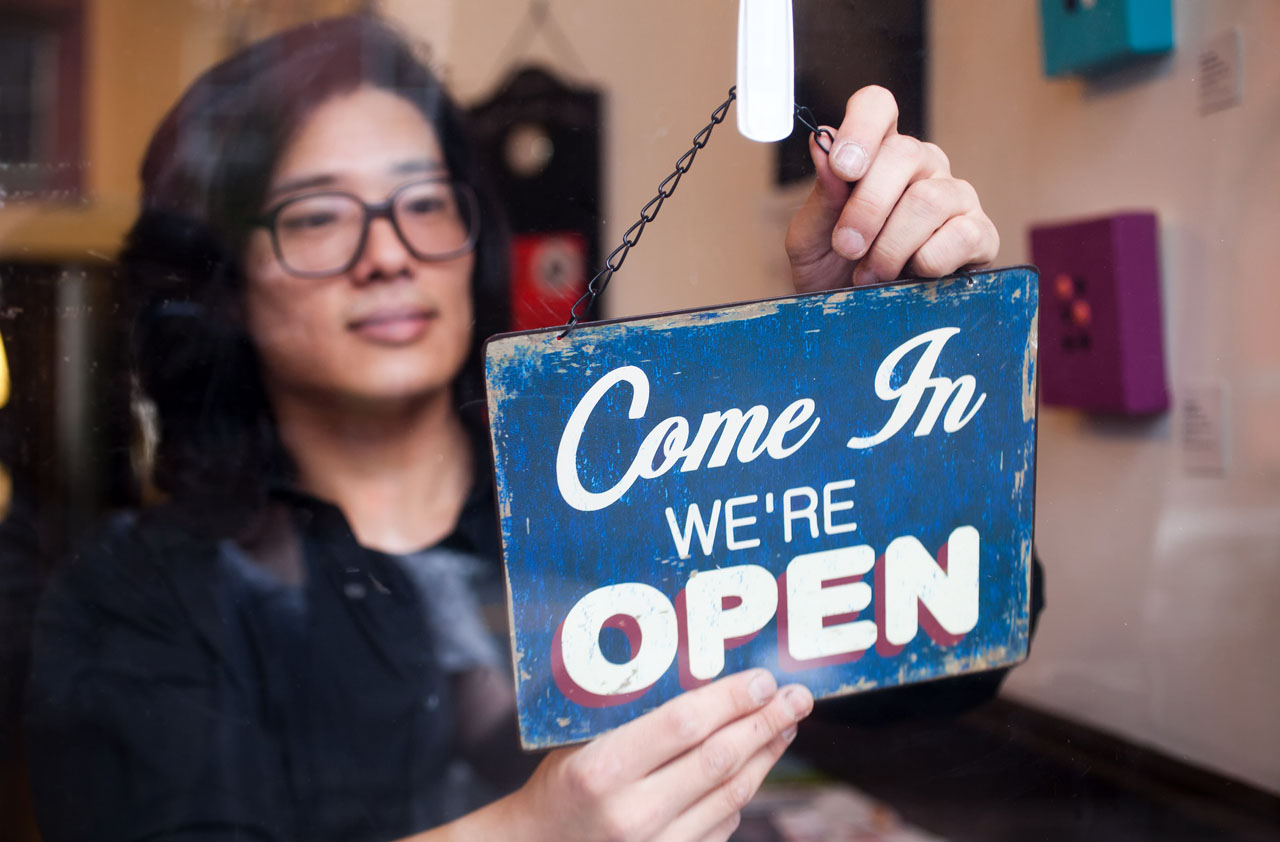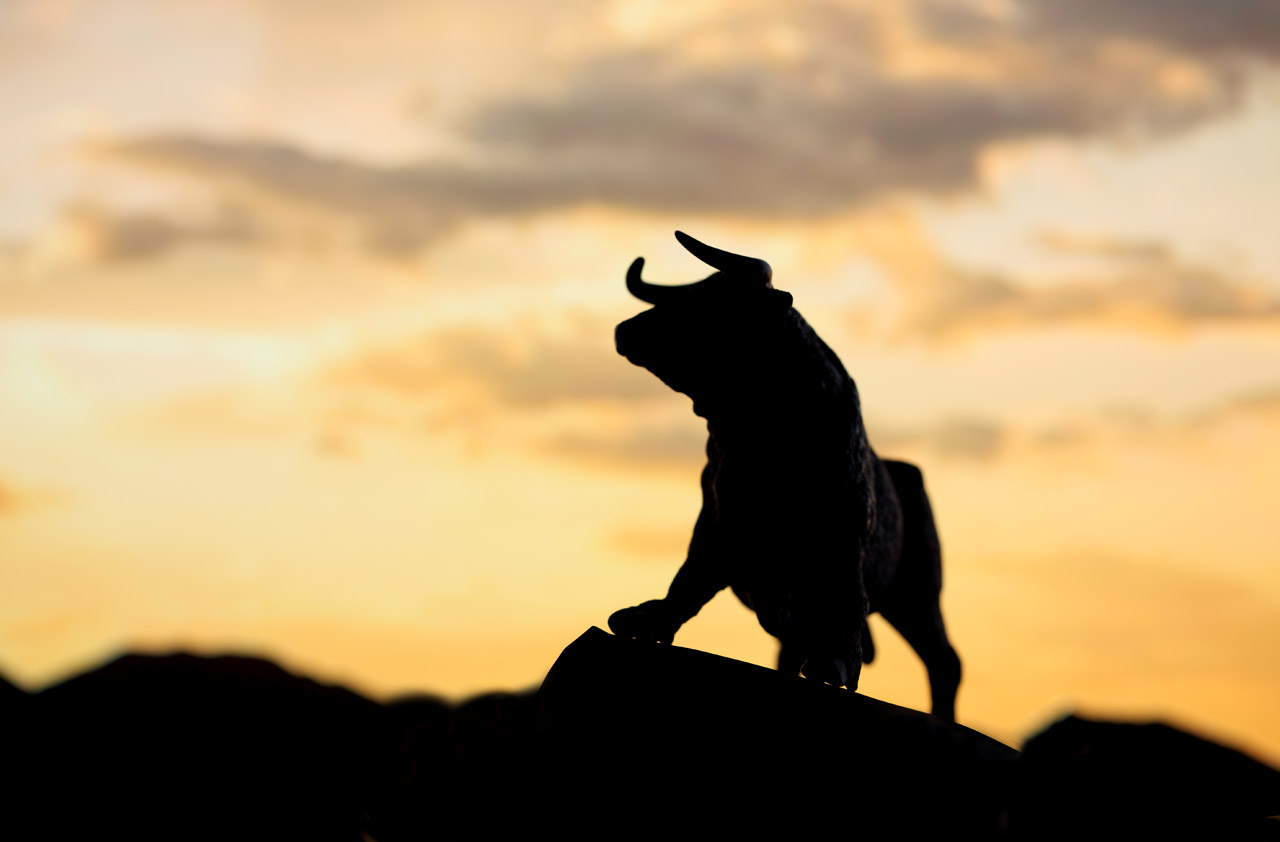A Terrific Socially Responsible Fund
Parnassus Equity Income is so good that everyone should consider it—regardless of what you think about socially responsible investing.

Most socially responsible funds are mediocre at best. Why? Managers of socially responsible funds are usually plenty passionate about social responsibility, but not about stock picking. And two of the biggest sponsors of socially responsible funds, Calvert and Domini, charge high fees, dragging down results for some of the most prominent funds in the category.
Parnassus Equity Income (symbol PRBLX) is a shining exception in this sea of mediocrity. It’s good enough to be a core holding for any investor—even one who thinks tobacco companies are wonderful.
Consider the numbers. Over the past ten years through June 28, the fund returned an annualized 5%, putting it in the top 4% of funds that invest mostly in large-company stocks with a blend of growth and value attributes, according to Morningstar. Standard & Poor’s 500-stock index lost an annualized 1.2% during the same period. Over the past five years, the fund returned an annualized 5.1%, putting it in the top 1% of its peers. And while delivering those top-notch returns the fund was about 11% less volatile than the S&P 500.

Sign up for Kiplinger’s Free E-Newsletters
Profit and prosper with the best of expert advice on investing, taxes, retirement, personal finance and more - straight to your e-mail.
Profit and prosper with the best of expert advice - straight to your e-mail.
Parnassus, like virtually every stock fund, took a beating in 2008, losing 23.0%. But the S&P lost 14 percentage points more. The fund also beat the S&P in 2007 and 2009.
The driving force behind these first-class returns is manager Todd Ahlsten, who has piloted the fund since mid 2001. Ahlsten, 38, began reading The Wall Street Journal regularly when he was 13, and he started as an intern at Parnassus while at the University of California at Berkeley. Says Ahlsten: “I was drawn to Wall Street, but I didn’t want to work somewhere where making money was the only goal.”
The Eyeball Test
Ahlsten logs more than 100,000 miles in the air annually. “I like to do the eyeball test on companies,” he says. He goes far beyond meeting with companies’ top brass in an effort to get to know the ins and outs of different businesses.
Recently, he visited Teleflex (TFX), a medical-supply company in Limerick, Pa., about 35 miles northwest of Philadelphia. One of its biggest businesses is selling catheters that allow fluids to be drained from or injected into patients. After watching the Philadelphia Phillies with the company’s chief executive one evening, Ahlsten says he spent the next day with employees who were learning, with the aid of a dummy, where and how to place catheters on humans. “I left understanding more about the company,” he says.
In picking stocks, Ahlsten and his eight analysts (whom he shares with another fund) look first for companies that “will be relevant” over the coming ten years. That rules out firms such as Pitney Bowes (PBI), whose main businesses are related to mail delivery, as well as newspaper companies.
Ahlsten seeks firms that have a sustainable competitive advantage. Such companies can increase profit margins and unit sales at the expense of competitors. Qualcomm (QCOM) is a good example. It owns patents on the dominant cell-phone technology in the U.S. and is increasing sales abroad, Ahlsten says. It’s costly for wireless carriers to switch technologies, and it’s tough for companies to enter the industry.
Ahlsten also wants companies with good leaders, and here his socially responsible bent comes into play. “We want management teams that are forward thinking, ethical and working for shareholders.” But he doesn’t want them to ignore other stakeholders. “You have to strike a balance in how much you donate to charity, how much you pay to employees, how much you reinvest in the business and how much you pay out to shareholders in dividends.”
Like other socially responsible funds, Parnassus avoids companies involved in tobacco, nuclear power, gambling and firearms. But Ahlsten and his team also look for companies that boast sterling environmental records, hire a lot of women and minorities, are involved in their communities, and give generously to charity. [Editor’s note: Kiplinger’s prefers the phrase “socially screened funds,” so as to avoid implying that other kinds of funds invest in socially irresponsible companies.]
Parnassus typically holds 35 to 40 stocks, far fewer than most funds. With $3 billion in assets, the fund can make big bets without its trading activity roiling the market for the stocks it buys and sells.
Ahlsten calls Nassim Taleb, author of The Black Swan: The Impact of the Highly Improbable, his hero. The book argues that extreme and unpredictable events occur far more often than anticipated. In evaluating stocks, Ahlsten and his analysts construct a range of possible outcomes, putting the most emphasis on the worst-case scenario.
They also look at the overall economy and will emphasize more-conservative stocks when the big picture looks bleak. Ahlsten currently foresees a slow economic recovery. No matter the outlook, Ahlsten says, “I love this business.” It shows.
Steven T. Goldberg (bio) is an investment adviser.
Get Kiplinger Today newsletter — free
Profit and prosper with the best of Kiplinger's advice on investing, taxes, retirement, personal finance and much more. Delivered daily. Enter your email in the box and click Sign Me Up.

-
 Stock Market Today: Stocks Gain on Tech, Auto Tariff Talk
Stock Market Today: Stocks Gain on Tech, Auto Tariff TalkThe Trump administration said late Friday that it will temporarily halt tariffs on some Chinese tech imports.
By Karee Venema
-
 Sam's Club Plans Aggressive Expansion: Discover Its New Locations
Sam's Club Plans Aggressive Expansion: Discover Its New LocationsSam's Club expansion plans will open up to 15 new stores each year. Learn where they plan to open in 2025.
By Sean Jackson
-
 ESG Gives Russia the Cold Shoulder, Too
ESG Gives Russia the Cold Shoulder, TooESG MSCI jumped on the Russia dogpile this week, reducing the country's ESG government rating to the lowest possible level.
By Ellen Kennedy
-
 Morningstar Fund Ratings Adopt a Stricter Curve
Morningstar Fund Ratings Adopt a Stricter Curveinvesting Morningstar is in the middle of revamping its fund analysts' methodology. Can they beat the indices?
By Steven Goldberg
-
 Market Timing: The Importance of Doing Nothing
Market Timing: The Importance of Doing NothingInvestor Psychology Investors, as a whole, actually earn less than the funds that they invest in. Here’s how to avoid that fate.
By Steven Goldberg
-
 Commission-Free Trades: A Bad Deal for Investors
Commission-Free Trades: A Bad Deal for Investorsinvesting Four of the biggest online brokers just cut their commissions to $0 per transaction. Be careful, or you could be a big loser.
By Steven Goldberg
-
 Vanguard Dividend Growth Reopens. Enter at Will.
Vanguard Dividend Growth Reopens. Enter at Will.investing Why you should consider investing in this terrific fund now.
By Steven Goldberg
-
 Health Care Stocks: Buy Them While They're Down
Health Care Stocks: Buy Them While They're Downinvesting Why this sector should outperform for years to come
By Steven Goldberg
-
 Buy Marijuana Stocks Now? You'd Have to Be Stoned.
Buy Marijuana Stocks Now? You'd Have to Be Stoned.stocks Don't let your investment dollars go to pot
By Steven Goldberg
-
 4 Valuable Lessons From the 10-Year Bull Market
4 Valuable Lessons From the 10-Year Bull MarketInvestor Psychology Anything can happen next, so you must be mentally prepared.
By Steven Goldberg